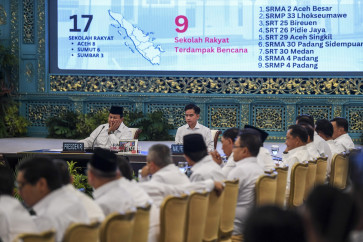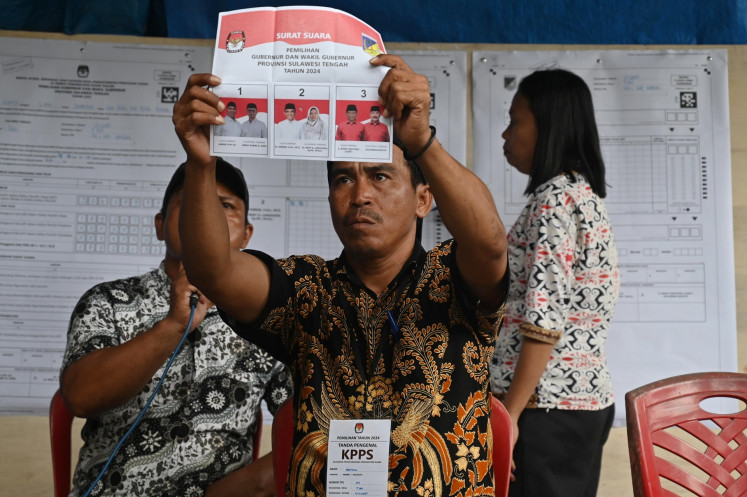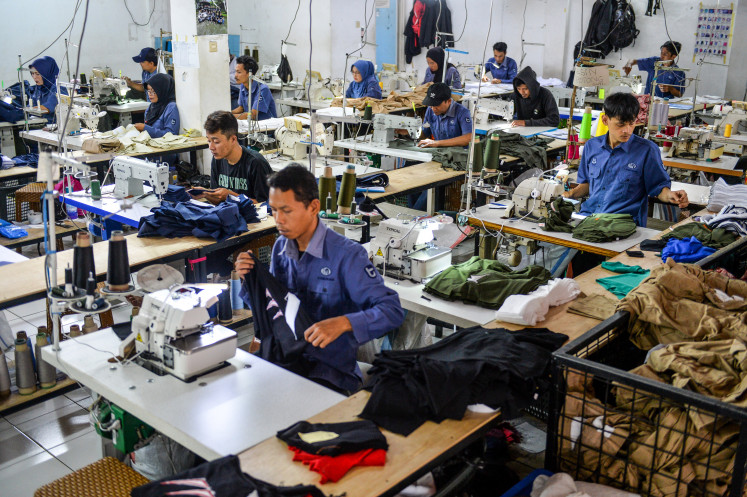Popular Reads
Top Results
Can't find what you're looking for?
View all search resultsPopular Reads
Top Results
Can't find what you're looking for?
View all search resultsDozens of tilapia, catfish found floating dead in Ancol River
A water gate guard said the color of the river was black.
Change text size
Gift Premium Articles
to Anyone
T
he North Jakarta Environment Agency has been investigating Ancol's River water in North Jakarta following the finding of dozens of tilapia and catfish floating dead in the river on Sunday.
Suparman, head of supervision and control at the agency, said laboratory tests were needed to see whether environmental pollution caused the deaths.
"Yes, we will see it first through laboratory tests," Suparman said as quoted by kompas.com on Monday.
The guard at Ancol water gate, Eko, said the incident was the worst one in the last three months.
"It's the worst. There's no fishing activity all of a sudden,” Eko said.
Eko said he suspected the deaths were caused by contaminated water, looking at the color of the water.
"This is probably caused by waste. The color is black,” he said.
Ancol riverbank is a popular fishing location, especially on the weekends, he said.
Suparman said the laboratory tests regarding the water quality in Ancol River might take 10 to 15 days.
Suparman added that Ancol River itself was not exposed to toxic or hazardous material (B3) waste.
“Pollution through B3 waste as the cause is not true because there are no industrial areas [here]. In Ancol, the waste is mostly from households’,” Suparman said. (ggq)










